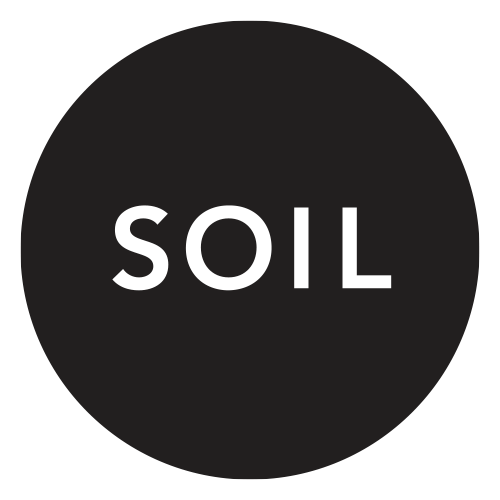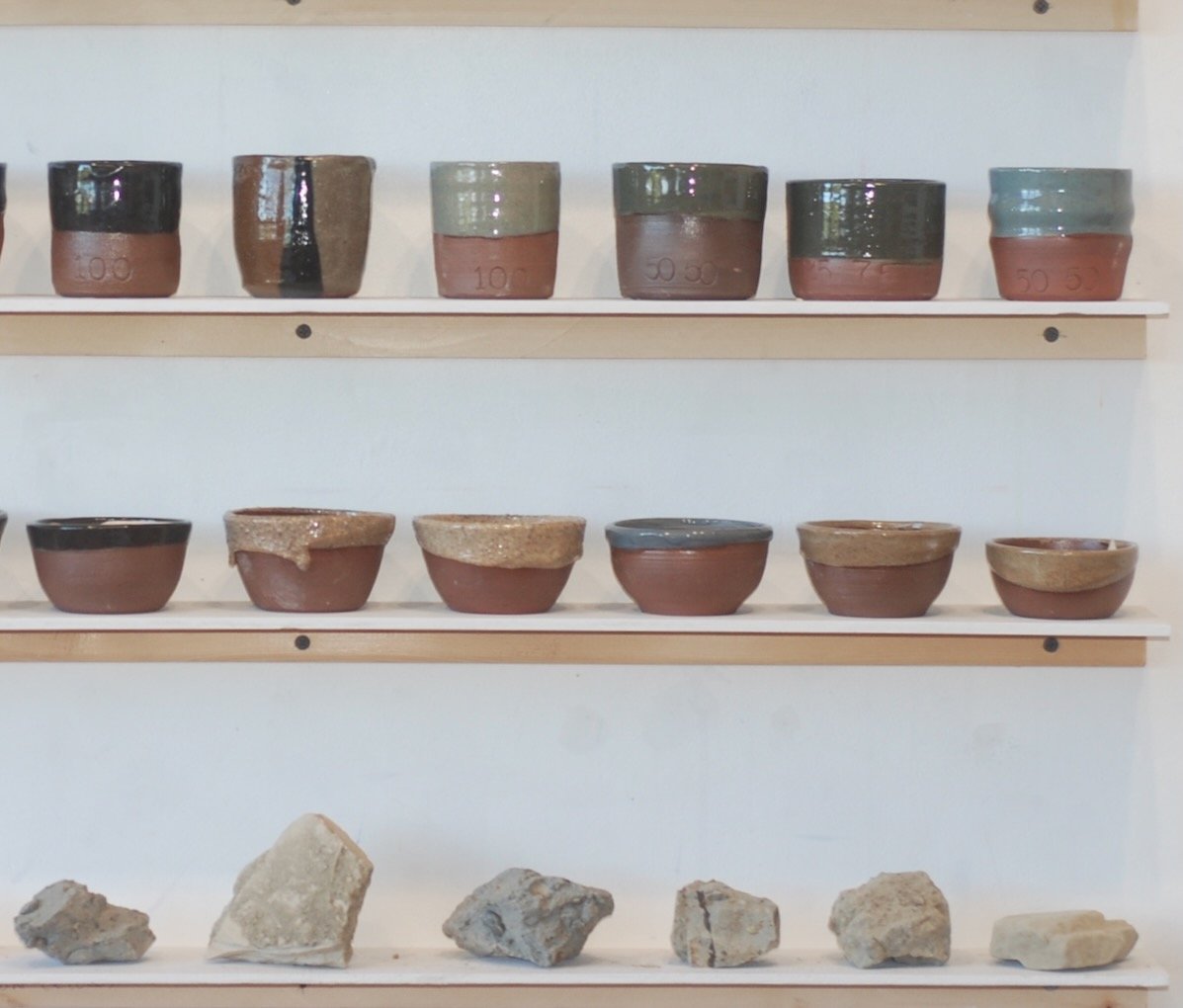December 2022 / In the Backspace: OUTWASH
Kiki MacInnis, Glacial Till
Kiki MacInnis, Glacial Clay Cups
In the Backspace /
OUTWASH — material carried away from a glacier by meltwater by Kiki MacInnis
December 01 - 31, 2022
Opening Reception / Thursday, December 01, 5–8pm
Winter/Covid-19 Gallery Hours:
Friday–Sunday, 11am–4pm
*Gallery closed Christmas Eve and Christmas Day
20,000 years ago, the Vashon Lobe of the Cordilleran ice sheet moved down from the north, crossing into what is now called Washington State. Constrained by the Olympic Mountains and the Cascades, the massive ice sheet squeezed through the Puget Sound Basin at a rate of about one to two feet a day, scouring and grinding everything in its path. Where Seattle is today, the ice sheet measured about 3000 feet thick, higher than three stacked Columbia Towers.
Features familiar to us today, such as Lake Washington and Vashon Island, were created by this most recent glacier. The surface of the Puget Sound region is made up primarily of till: a mixture of clay, silt, sand, and gravel, smeared beneath the sole of the glacial ice.
Clay (“Lawton clay") settled out in glacial lakes. After the great fire of 1889 burned the entire Seattle Central Business District to the ground, Lawton clay provided a ready source of material to make bricks to rebuild the city. Many of those brick buildings remain today.
Cups in this display are made from Lawton clay collected from debris eroding from beds of glacial clay and falling onto the shores of two beaches: Point Robinson on Vashon Island and at the base of the bluffs at Port Townsend’s North Beach.
In the paintings, pools of watery paint, gesso, and ink layered on the paper slowly dry, precipitating pigment and replicating the glacial process, resulting in an “outwash”, an image of eroding cliffs of glacial till waiting to wash out to sea.


